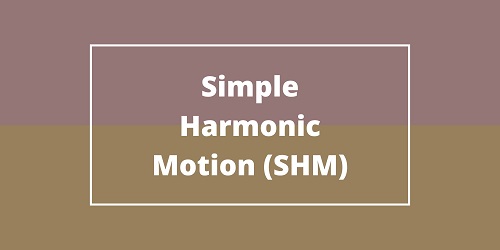Colours in Thin Films:

(1) There are good examples of thin films such as soap bubble or an oil film formed on steady water.
(2) Very fine colours are observed in these films.
(3) Colours produced in thin films are mainly based on the principle of interference.
(4) The two reflected light rays (from the top and bottom surface of the film) interfere with each other and depending on the condition of the path difference, either maximum or minimum intensities are produced.
(5) The bright or dark appearance of the reflected light (and hence of the film) depends upon µ, t and r.
(6) In the case of white light even though ‘t’ and ‘r’ are made constant, µ varies with wavelength.
(7) Therefore at a particular point of the film and for a particular position of the eye, only some interfering rays (of a certain wavelength) will satisfy conditions of brightness and at that point, the colours corresponding to those wavelengths only can be seen. Other neighbouring wavelengths will be present with less intensity.
(8) The colours for which the condition of minima is satisfied are absent.
(9) Thus if the same point of the film is observed with an eye in different positions or different points of the film are observed with an eye in the same position, a different set of colours is observed each time.
(10) We know that the condition of maxima and minima are exactly opposite for reflected and transmitted lights, the colours of reflected and transmitted systems are complementary (which provides good contrast of colours).
(11) If the film is excessively thin then its thickness is negligible so that the path difference (2t + λ/2) becomes almost λ/2. Due to this reason, even if white light is used for illumination, still films appear perfectly dark (condition of destructive interference).









Comments (No)